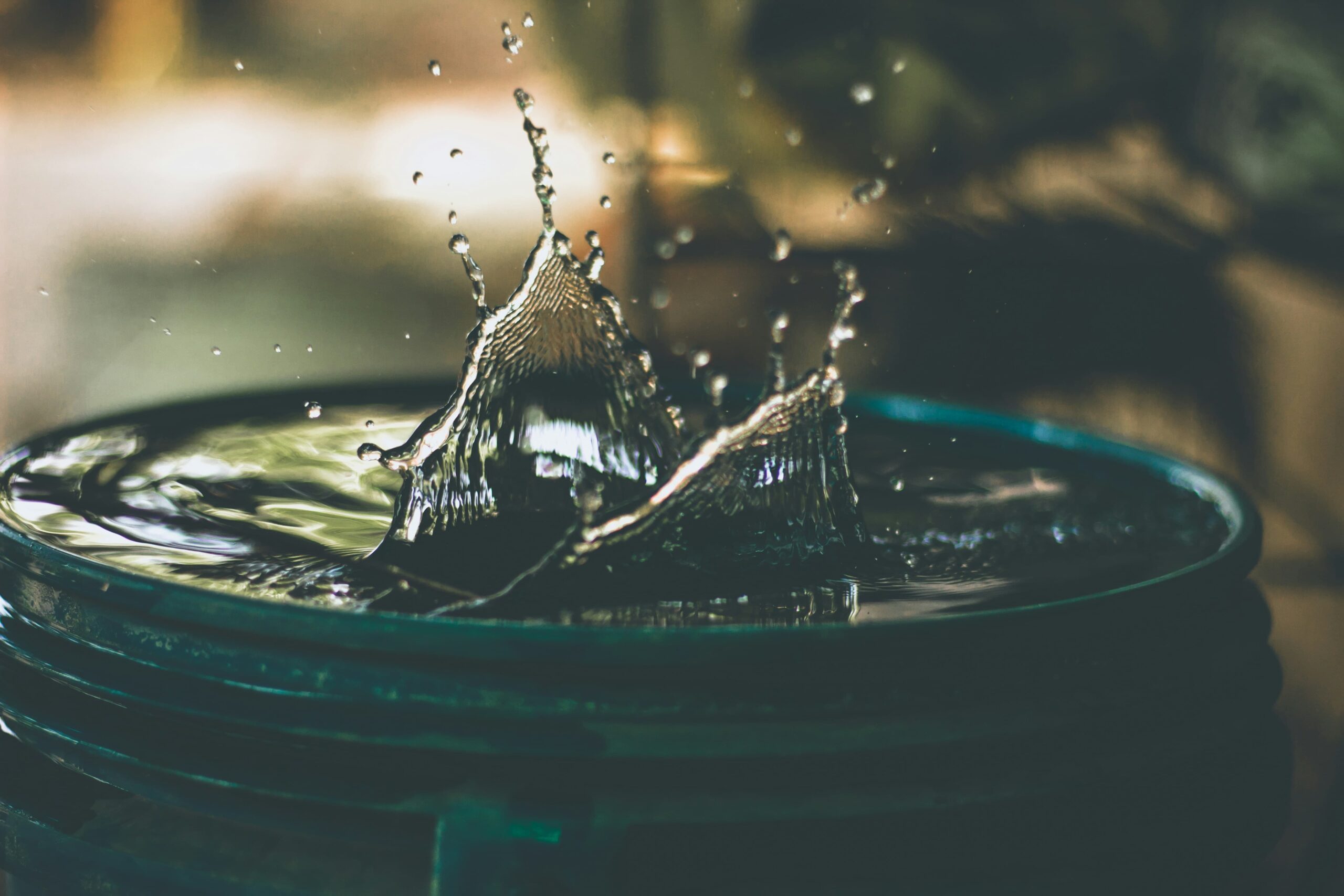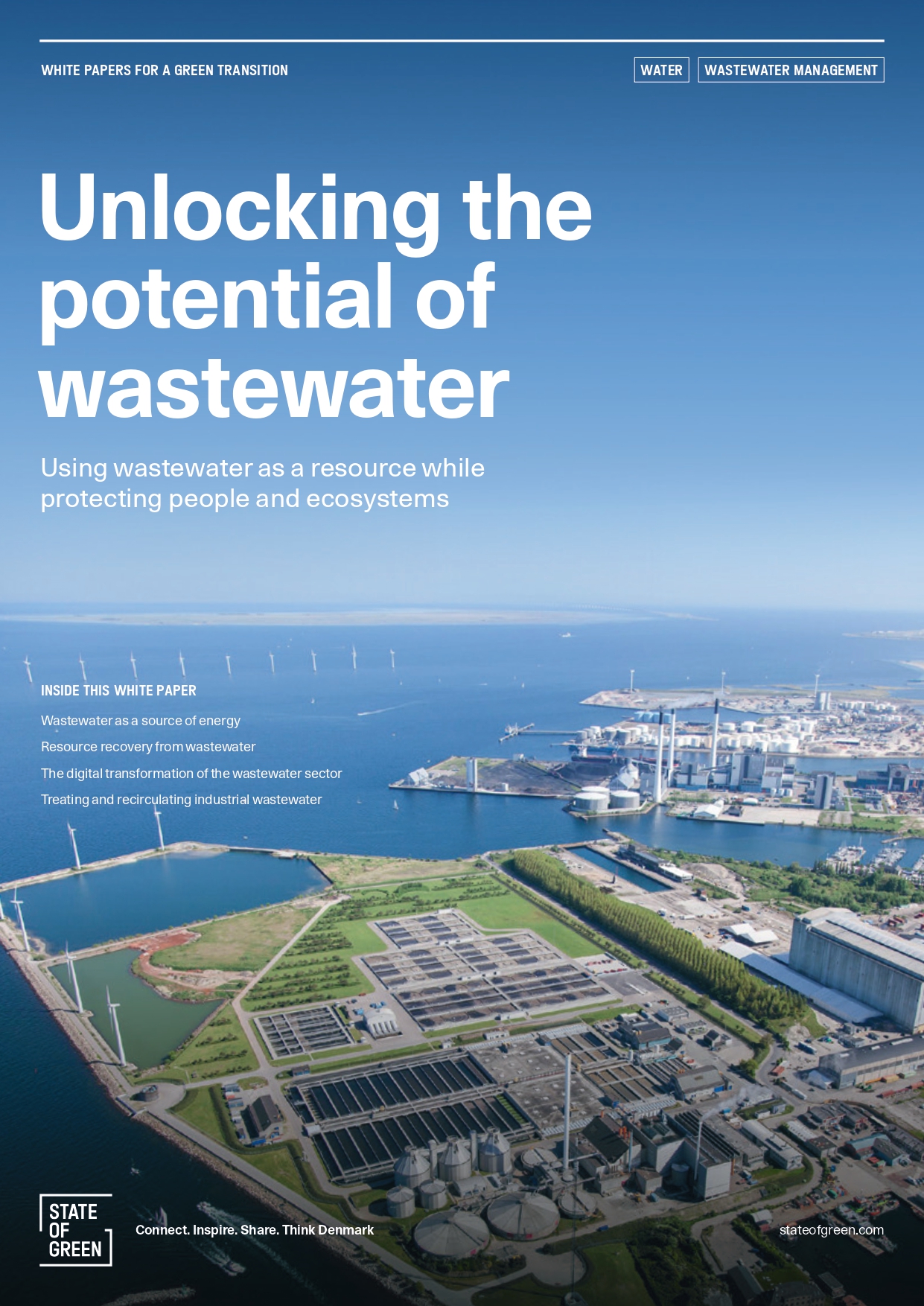Download our publication on unlocking the potential of wastewater
Discover our white paper on how to use wastewater as a resource while protecting people and ecosystems.
Explore the publicationPerspective
Resource recovery from wastewater
Water management



Discover our white paper on how to use wastewater as a resource while protecting people and ecosystems.
Explore the publicationWastewater is a valuable and sustainable source of water with organic materials, metals and nutrients from which other high value products as energy, fertilisers or bioplastics can be obtained. Direct use of urban sewage sludge in agricultural land is a common practice for nutrient recovery. In 2021, around 76 percent of the produced urban sewage sludge in Denmark was directly applied to farmland. However, using sewage sludge for agricultural purposes is typically costly for a wastewater treatment plant. The potential risk of contaminant content, such as heavy metals, micropollutants and pathogenic organisms, as well as a relatively small nutrient
and organic matter proportionate to the total waste mass, increase costs. Consequently, new sludge valorisation technologies are being developed and applied.
Sludge valorisation as biochar
Biochar produced by pyrolysis of sewage sludge is a method of eliminating micropollutants. Pyrolysis is a thermal decomposition process that occurs in the absence of oxygen when organic matter is heated to more than 300°C. Today, two full-scale pyrolysis plants are in operation in Denmark at Fårevejle wastewater treatment plant and at Søndersø wastewater treatment plant with two more projects being underway. The solution consists of a combined steam dryer and a pyrolysis oven, where sewage sludge is pyrolysed at 500-800°C resulting in a biochar rich in nutrients and a volatile pyrolysis gas. Approximately 28-50 percent of the sludge’s carbon can be found in biochar, while the rest is used for energy when burning the pyrolysis gas. Both digested and undigested sludge with varying levels of dry matter can be treated. Since biochar consists of around 28-50 percent carbon, it can be used as a soil amendment.
Most of the carbon remains in the soil for hundreds or thousands of years. In this way, turning sludge into biochar can effectively reduce CO2 -emissions. Another advantage of using pyrolysis is that the amount of sludge is significantly reduced to 1/10 in volume when it comes out as biochar. The biochar is stable, free of pathogenic bacteria, odourless and rich in phosphorus, carbon and other minerals. Moreover, it can be used as a soil improvement. While pyrolysis has a high maturity level, it is a relatively new technology, especially with sewage sludge as input. Danish wastewater utilities are testing and helping to improve the process which is a promising
alternative for sludge valorisation.
Perspective
Sector coupling
+9